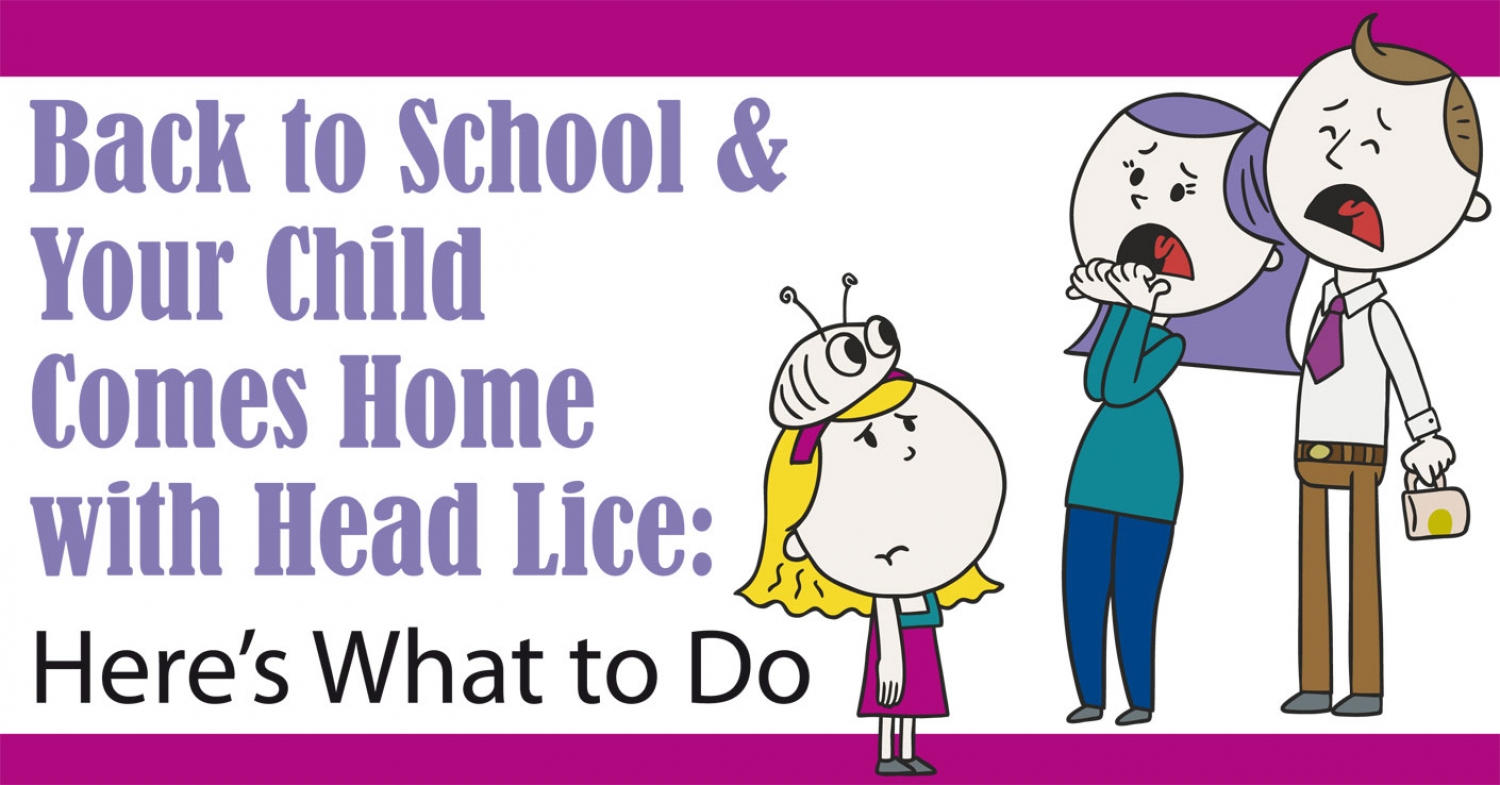Choosing the place to tend to your child is a daunting decision. Daycare horror stories making national news may suddenly keep you awake at night in your endeavor to select a safe and healthy preschool or daycare center. But take a deep breath. Excellent options for childcare are out there. It’s important to gather information, do the legwork and ultimately trust your gut.
Narrow the Possibilities
There are regulated daycare centers, regulated home daycares, unregulated home daycares and preschools. Begin your search early. Ann Douglas, author of Choosing Childcare for Dummies (For Dummies), suggests embarking upon your quest between eight weeks and a year before your back-to-work date.
Contact your local childcare referral agency by connecting with Child Care Aware, a national consumer education parent hotline (1-800-424-2246) and online delivery system. The National Child Care Information Center (1-800-616-2242) is a good start too.
Ask the referral agency about licensing requirements in your area and how to collect information about complaints or licensing violations. Also inquire about financial assistance programs for which you may qualify.
Home Daycare or Center?
Home daycare may serve as the best fit for your child’s home away from home. Such providers generally have flexible hours, which is especially helpful if you work an atypical office schedule. A home daycare may have a less rigid schedule and policies than other providers that put you more at ease. If it is important to you that your caregiver be open to making many individual accommodations, such as for catering to irregular nap times, a home provider might suit you and your child best. While some home providers are regulated, many are not. It’s a personal choice dependent on whether you’re comfortable enrolling your child in home daycare.
Licensed daycare centers offer many advantages. Centers may hire certified early childhood educators with training in child development and have more clearly outlined policies, so everyone knows what to expect. Also, having more than one caregiver on the premises provides peace of mind, notably if you are concerned about TV watching or unfamiliar adults in a home setting. Because licensed centers offer reliability, you won’t have to scramble for care if one caregiver is ill or on vacation. Licensed daycare centers are often kid friendly and designed with safety in mind. Due to government regulation, child-to-caregiver ratios, safety requirements and criminal record checks are standard.
The American Academy of Pediatrics recommends you consider the following 13 guidelines as you evaluate the quality of a provider.
- Supervision. Are children supervised at all times, even when they are sleeping?
- Hand Washing/Diapering. Hands should be scrubbed with soap and water for at least 10 seconds and then rinsed and dried. The faucet should be turned off with a paper towel.
- Director Qualification. The director should hold a bachelor’s degree and have worked in childcare for at least two years.
- Teacher Qualifications. The lead teacher should hold a bachelor’s degree in a child-related field and have worked in childcare for at least a year.
- Child-to-Staff Ratio. One family home caregiver should care for only two babies. The fewer children each caregiver cares for, the better.
- Immunizations. Does the provider have records proving that other children are up to date?
- Toxic Substances. Are cleaning supplies and pest killers kept far from children?
- Emergency Plan. Are first aid kits and emergency plans in place?
- Fire Drills. Are these practiced monthly?
- Child Abuse. Can caregivers be seen by others at all times, ensuring a child is never alone with one caregiver? Have all caregivers gone through a background check and been trained to prevent, recognize and report child abuse?
- Medication. Is it kept out of reach and labeled properly?
- Staff Training. Have all caregivers been trained in first aid and CPR?
- Playground. Is it developmentally appropriate, clean and inspected regularly for safety?
Quality Preschools
According to the National Association for the Education of Young Children, the following signs are indicative of a good preschool.
- Children spend most of their time playing and working with materials or with other children.
- Children have access to various activities throughout the day.
- Teachers work with individual children, small groups and the whole group at different times during the day.
- The classroom is decorated with children’s original artwork and projects.
- Children learn numbers and the alphabet in the context of their everyday experiences.
- Children work on projects and have long periods of time to play and explore.
- Worksheets are used rarely, if at all.
- Children have an opportunity to play outside in a safe play area daily.
- Teachers read books to children individually or in small groups.
- Curricula are adapted for those who are ahead as well as those who need additional help.
Trust Your Judgment
One of the most helpful factors to consider when choosing a provider is the interaction between the caregiver and children. Is there good communication? What is the caregiver’s interpersonal style? Notice how the interaction makes you feel. Is it a place you would look forward to coming each day?
In order to find the best fit for your child, think about how the provider’s philosophy of child-rearing, discipline, education and nurturing meshes with your own. “You can’t count on anyone else to guarantee your child’s health, safety and well-being in a particular child care setting,” writes Ann Douglas in her book. “Like it or not, the buck stops with you.”




